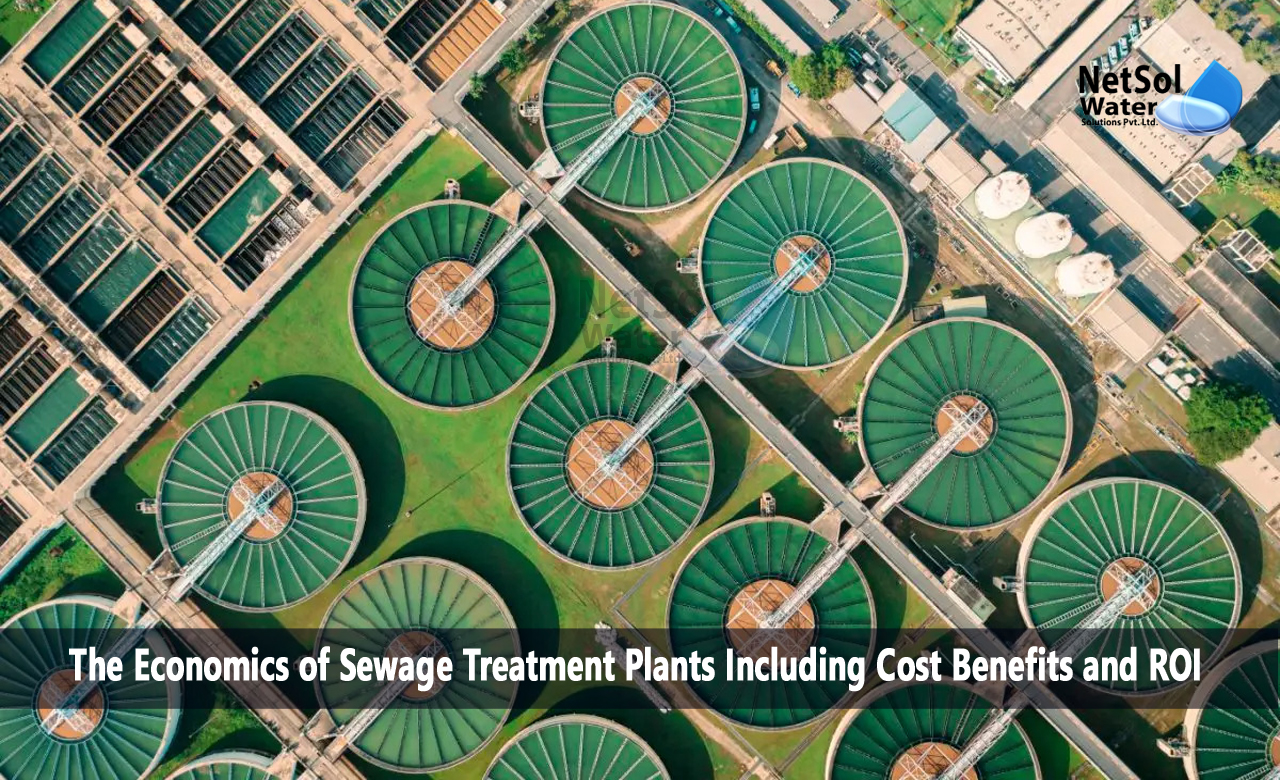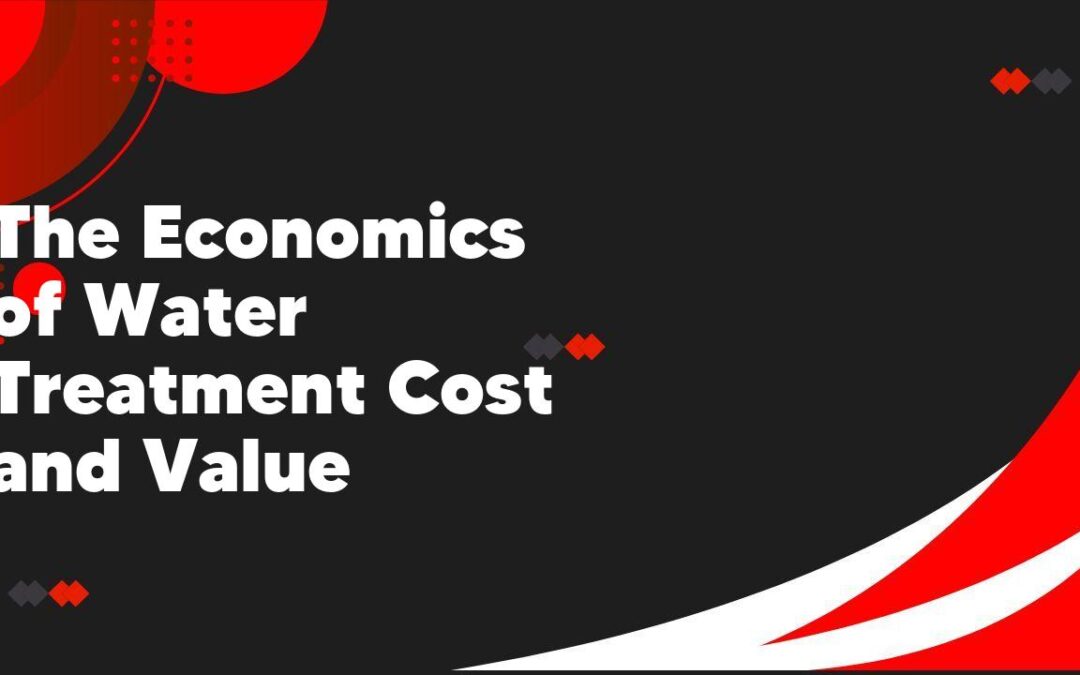Water treatment is a crucial, yet often overlooked aspect of ensuring a safe and sustainable water supply. Understanding the economics behind water treatment cost and value is essential for policymakers, water utility companies, and consumers alike. This article aims to explore the various factors and considerations that influence the cost and value of water treatment, shedding light on the importance of investing in this vital resource for the well-being of both individuals and the broader economy.
1. Understanding the costs and benefits of water treatment
As someone who is conscious of the environment and the impact that our actions have on it, I believe it is important for us to understand the costs and benefits of water treatment. Water treatment plays a crucial role in ensuring that our drinking water is safe and free from harmful contaminants. However, the process of treating water also comes with its own set of costs. From the energy required to run treatment plants to the disposal of waste generated during the process, there are a number of factors that contribute to the overall cost of water treatment. On the other hand, the benefits cannot be overlooked. By investing in water treatment, we are investing in the health and well-being of our communities. Clean and safe drinking water is essential for our daily lives, and the benefits far outweigh the costs. Therefore, it is important for us to evaluate and understand the costs and benefits of water treatment in order to make informed decisions regarding its implementation and continued maintenance.
2. Factors influencing the cost of water treatment

Factors influencing the cost of water treatment can vary significantly depending on various factors such as the source of water, the level of contamination, and the technology used for treatment. The source of water plays a crucial role as it can determine the initial quality and level of treatment required. For instance, groundwater sources often contain fewer contaminants compared to surface water sources, resulting in lower treatment costs. Additionally, the level of contamination in water, such as the presence of heavy metals or organic compounds, can significantly impact the cost of treatment. Lastly, the technology used for treatment, whether it is conventional or advanced, can also influence the overall cost. Advanced treatment technologies may require more specialized equipment and skilled operators, which can contribute to higher costs.
3. Evaluating the economic value of water treatment
When it comes to evaluating the economic value of water treatment, there are several important factors to consider. Firstly, the costs associated with implementing and maintaining water treatment systems must be taken into account. This includes the initial investment, as well as ongoing expenses for equipment, chemicals, and energy consumption. Secondly, the economic benefits of clean and safe water cannot be overlooked. Access to clean water is essential for various industries, such as agriculture, manufacturing, and tourism, all of which contribute significantly to the economy. Furthermore, clean water is crucial for maintaining public health, reducing medical costs, and improving overall quality of life. Therefore, a comprehensive evaluation of the economic value of water treatment must consider both the costs and the benefits associated with such systems.
4. The role of government in water treatment costs
In my opinion, the role of government in water treatment costs is crucial. The government has a responsibility to ensure that clean and safe drinking water is accessible to all citizens. This includes not only the treatment of water but also the distribution and infrastructure necessary to deliver it to people’s homes. However, the cost of water treatment can be quite high, and it is the role of the government to find ways to make it affordable for everyone. This may involve subsidizing water treatment plants or implementing regulations to enforce cost control measures. Ultimately, the government plays a significant role in ensuring that water treatment costs are reasonable and that access to clean water is not compromised.
5. Sustainable water treatment practices for long-term economic benefits
As a woman concerned about the environment and the welfare of future generations, I believe that implementing sustainable water treatment practices is of utmost importance. Not only does it ensure the availability of clean and safe water for all, but it also has long-term economic benefits. By investing in water treatment technologies that minimize energy consumption and reduce chemical usage, we can lower operational costs and save valuable resources. Additionally, sustainable water treatment practices create job opportunities in the renewable energy and water treatment sectors, promoting economic growth and prosperity. It is crucial that we prioritize these practices to protect our water sources and promote the well-being of our communities.
6. Exploring innovative technologies in water treatment for cost efficiency
When it comes to water treatment, finding innovative technologies that can help improve cost efficiency is a top priority. As a water treatment professional, I have always been intrigued by the potential advancements in this field. The ability to reduce operating costs while maintaining the highest level of quality is something we constantly strive for. That’s why I believe it is crucial to explore and invest in new technologies that can streamline the water treatment process and lower operational expenses. By doing so, we can not only deliver clean and safe water to communities but also ensure it is done in the most cost-effective way possible. In this article, we will delve into some of the most exciting and promising innovative technologies in water treatment, highlighting their potential benefits and applications.
Conclusion
In conclusion, water treatment is a crucial investment for governments and businesses alike. The cost of not investing in water treatment can lead to devastating consequences for public health, the economy, and the environment. By understanding the cost and value of water treatment, decision-makers can make informed choices that protect both human well-being and economic prosperity.
1. What factors affect the cost of water treatment?
The cost of water treatment can be influenced by various factors, including the type of treatment technology used, the quality of the source water, the scale of the treatment process, the cost of energy and chemicals required, and the level of regulatory compliance required.
2. How is the value of water treatment measured?
The value of water treatment is typically measured by considering the benefits it provides. This includes ensuring access to safe and clean drinking water, protecting public health by removing contaminants, contributing to environmental sustainability, supporting industrial processes, and fostering economic development.
3. How does water treatment impact the environment?
Water treatment can have both positive and negative impacts on the environment. On one hand, it helps to remove pollutants and contaminants from water sources, improving water quality and protecting ecosystems. However, treatment processes can also consume energy and generate waste products that need to be properly managed to minimize environmental harm.
4. Is investing in water treatment cost effective?
Investing in water treatment can be cost effective in the long run. While there may be initial capital costs involved in establishing treatment infrastructure, the long-term benefits, such as improved public health, reduced healthcare costs, increased productivity, and environmental protection, can outweigh these expenses.
5. How does water treatment contribute to sustainable development?
Water treatment is an essential component of sustainable development. By ensuring access to safe and clean water, it helps to improve public health and quality of life. Moreover, it supports economic activities, such as agriculture and manufacturing, by providing reliable water sources, and contributes to environmental conservation by protecting water bodies and ecosystems.
6. What are the challenges in funding water treatment projects?
Funding water treatment projects can be challenging due to various reasons. It often requires significant upfront investments, which may be difficult for some regions or communities to afford. Additionally, securing long-term funding for operations and maintenance can be a challenge, as it requires ongoing financial resources to ensure the sustainability of the treatment infrastructure.

